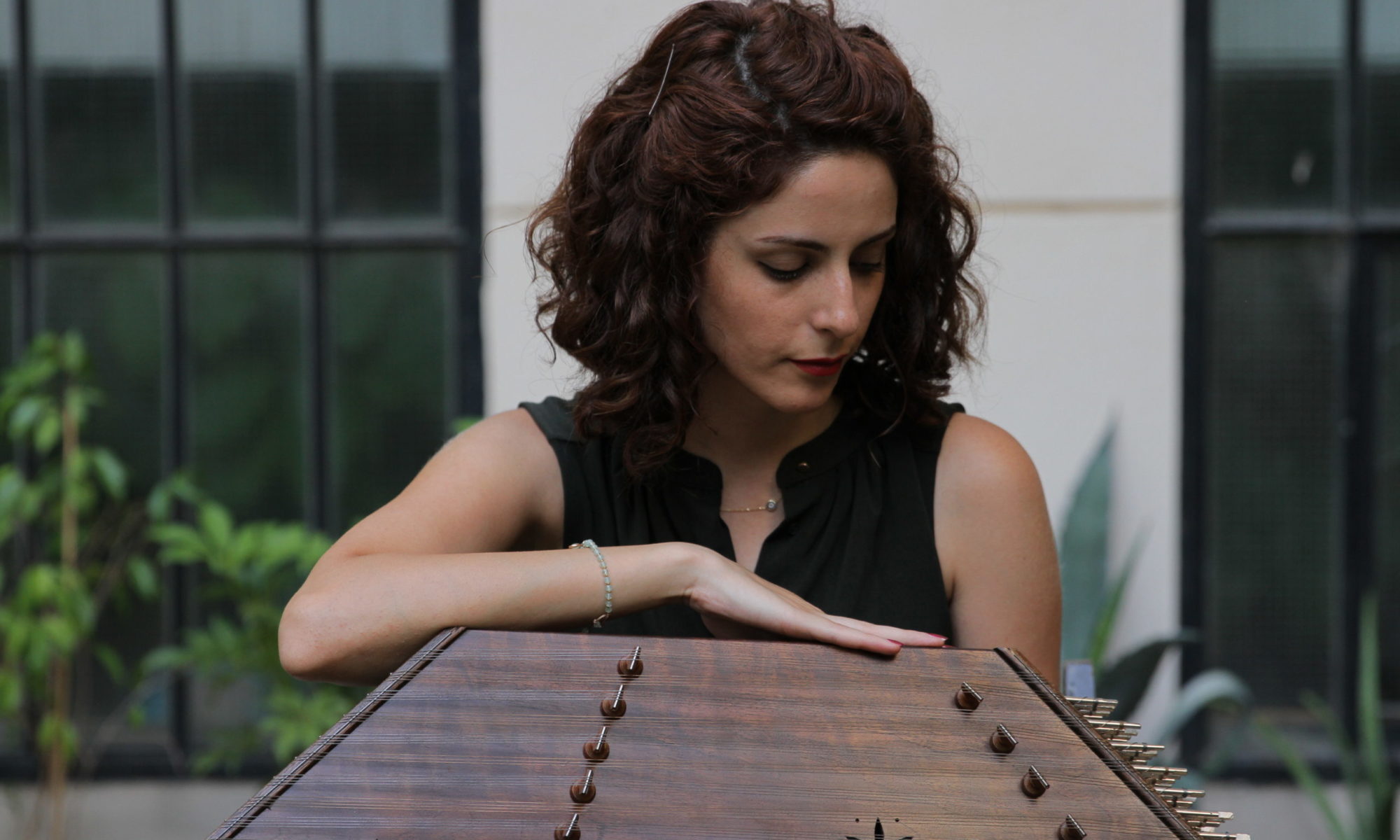About the Santur
The Santur is a traditional Iranian musical instrument, which is built in various forms, such as A, G, F tune, Chromatic, Bass, with 12 bridges or 14 bridges. The most popular form is the G tune with 2 sets of 9 individual bridges. Each bridge supports four same-tuned strings. The lower octave strings are made of phosphorous bronze while the middle and higher octave strings are made of steel. In total, there are 72 strings, hooked to hitch pins, mounted to the left side, and to tuning pins, mounted to the right side. Each of the strings is tuned by turning the respective tuning pin, using a tuning wrench.
The Santur has two sound holes placed in its top soundboard. Typically, between 2 and 4 sound poles are positioned between the top and the bottom soundboard. Most Santurs weigh between 3 and 4 kg.
Since the strings are not dampened, a combination of sounds, emanating from different strings, remains in the soundbox for several seconds, giving the Santur its characteristic sound. The Santur is played, using two lightweight, wooden hammers, which are usually padded in order to soften the hard impact of the hammers on the strings, to reduce high-frequency noise.
The range of a nine-bridge G-tuned Santur is shown below.

Santur range It is possible to change the position of the bridges, in order to quickly change the tuning of the Santur within the range of a quarter tone.
The Santur is usually made from Walnut, which must be dry and free of tree sap and oil, with no knots or other anomalies in the grain of the wood.
